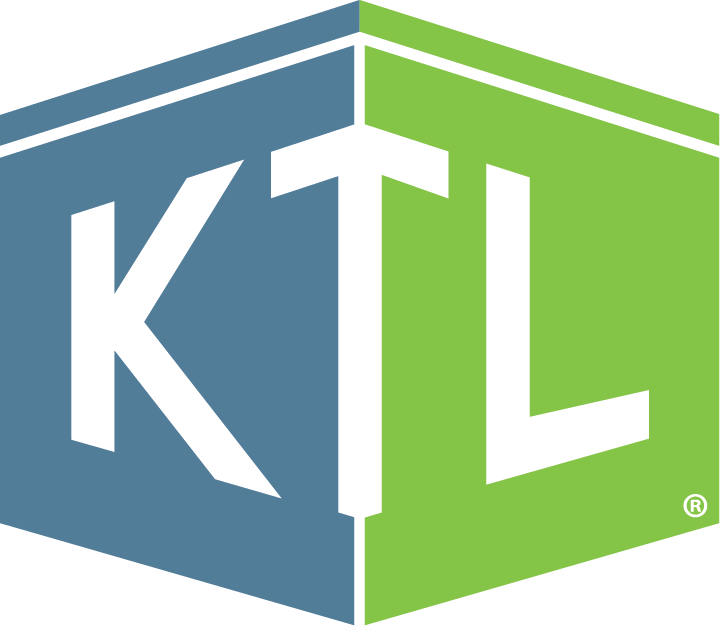
Safety
Comments: No Comments
Safe + Sound Week
From natural disasters, like flooding and wildfires, to civil unrest, pandemics, and cybersecurity threats, the need for a robust and adaptable health and safety Emergency Action Plan (EAP) has never been greater. A well-developed EAP not only protects lives, but it can also help minimize damage, promote operational continuity, and reinforce a culture of preparedness.
Core Components of an Effective EAP
In 29 CFR 1910.38, the Occupational Safety and Health Administration (OSHA) requires that facilities develop a written EAP that includes several defined components to address safety and health concerns in emergency situations. At its foundation, an EAP should clearly outline roles and responsibilities, communication procedures, evacuation and shelter-in-place protocols, resource availability, and recovery strategies.
To be truly effective, the EAP must be:
- Risk-Based – Tailored to the specific hazards facing your location, industry, and workforce.
- Accessible – Easily understood and available to all employees, including translations and alternate formats if needed.
- Tested – Regularly drilled and evaluated to identify weaknesses or confusion in execution.
- Integrated – Coordinated with local emergency services, neighboring facilities, and contractors, as well as with other facility emergency plans (e.g., environmental, food safety, security, transportation, etc.).
- Continuously Updated – Adjusted based on lessons learned from incidents, drills, and changing threat landscapes.
Overlooked Elements
Beyond the foundational components that are required in any EAP, there are a number of critical, yet often overlooked, elements that can make the difference between a successful response and a chaotic one:
- Individuals with Special Needs: Plans must account for employees and visitors with disabilities or access and functional needs. This includes evacuation assistance, accessible communication methods (e.g., visual alarms or sign language interpreters), and accessible shelter areas. Failing to provide this support not only increases risk but may also violate regulatory requirements.
- Communication Failures: During a crisis, cell towers can fail, power can go out, and standard communication tools may be rendered useless. Incorporate redundant systems such as two-way radios, satellite phones, or even predetermined physical meeting points to maintain communication under stress.
- Human Behavior and Psychological Impacts: Emergencies can trigger fear, stress, and sometimes panic. An effective plan anticipates psychological responses and includes measures to address those impacts, such as assigning calm leaders, training staff in basic psychological first aid, and having procedures to manage noncompliance or emotional breakdowns during an event.
- Non-Standard Employees: Temporary workers, contractors, and visitors are often left out of training and drills. The EAP should identify how these groups will be informed, guided, and accounted for in the event of an evacuation or shelter-in-place order.
- Blocks and Alternative Routes: Roadways may be blocked by fallen debris, emergency vehicles, or civil disruptions. Pre-identify multiple evacuation routes and practice using them. Update maps regularly and train all personnel on what to do if their primary route is compromised.
- Impact of Weather: An evacuation that works on a sunny day might fail in a snowstorm or hurricane. Plans must consider the timing, temperature, and weather implications on any response. Stock weather-appropriate supplies and plan indoor shelter options to avoid weather impacts to the extent possible.
- Disinformation or Misinformation: False rumors or misinformation can spread quickly, especially on social media. Designate a trusted spokesperson or internal communication channel for official updates. Train employees to verify information through credible sources and not to act on hearsay.
- Overwhelmed Emergency Services: In large-scale disasters, emergency responders may be delayed or unable to assist. Plans should incorporate tools for self-sufficiency—first aid kits, trained staff, emergency food and water supplies, and basic rescue tools—to buy time until help arrives.
Plan, Prepare, Protect
Emergency preparedness is not a one-time task—it’s an ongoing responsibility that must evolve alongside the world we live in. An EAP created five years ago may not address today’s climate threats, social unrest, or technological vulnerabilities.
Don’t wait for a crisis to expose the gaps and overlooked elements in your EAP. Review and update it regularly to address new and evolving hazards. Engage external support to provide a fresh perspective and new approaches. Conduct ongoing risk assessments, scenario planning, and collaborative reviews. These things will help ensure that your emergency strategy remains relevant and effective and your team is prepared, protected, and ready to respond effectively when every second counts.
